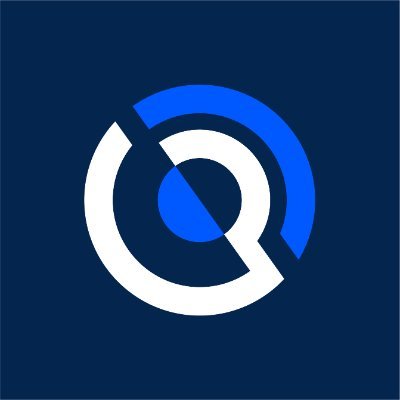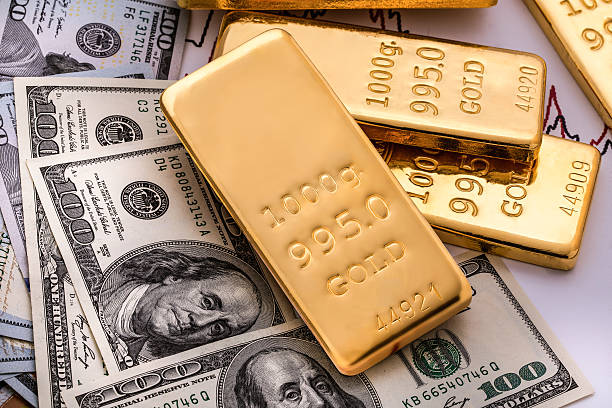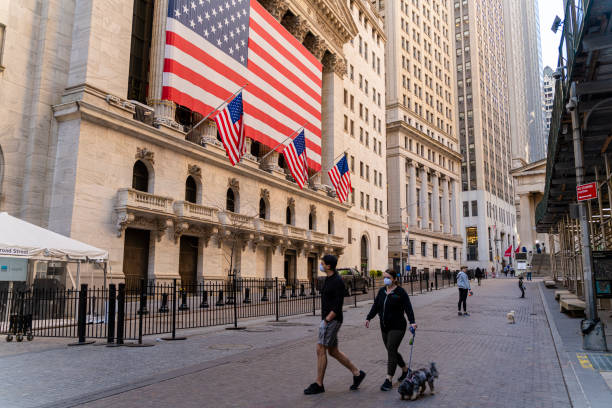Figma raises $1.2 billion in its IPO, with shares set to open at $105-$110

Figma Inc. shares are expected to debut in the $105–$110 range, following the company’s successful $1.2 billion fundraising effort in one of the most closely watched US IPOs this year. That indication represents a possible uptick of as much as 233% above the $33-per-share offering price.
A few days earlier, Figma raised its price range to $30–32 per share, selling 12.47 million shares itself while investors like Index Ventures, Greylock Partners, and Kleiner Perkins sold 24.46 million more.
On Tuesday, the IPO gave Figma a market value of about $16.1 billion, according to an earlier report by Cryptopolitan. Adding employee stock options and RSUs bumps that up to roughly $18.5 billion, and including Dylan Field’s unvested shares pushes it past $19 billion.
As Bloomberg reported, this milestone tops the more than $20 billion valuation Figma had anticipated in its canceled 2023 acquisition by Adobe Inc.
Huge demand for Figma’s IPO, first big software debut since SailPoint
The offering received orders exceeding supply by over 40 times, leaving more than half of subscription requests unmet, and marking the first significant software IPO in the US since SailPoint Inc.’s debut in February.
Figma’s core platform enables designers to build web and mobile application interfaces, and it has since extended its portfolio to support coding workflows and collaborative projects.
Figma charges by user tier. In 2023, it added Dev Mode to streamline designer-developer collaboration, and it recently launched Figma Make, an AI tool that turns simple prompts into working prototypes.
After going public, Field said, “we have to continue to sprint, to push hard, and we can’t let the public markets distract us.” He said the IPO shines a light on design’s importance and “This is a time where we can create tremendous value for our community, our customers, and I think the public market is the right place to do it.”
Revenue in the first quarter rose 46% versus the same period last year. Observers highlight whether Figma can catch on beyond designers.
Sequoia Capital partner and board member Andrew Reed noted that developers, product managers, and marketing professionals have begun adopting the platform. Sequoia’s initial investment in Figma came in 2019, coinciding with widespread shifts toward browser-based design tools.
Figma competes with AI rivals with plans for deeper integration
Competing AI-centric design platforms such as Lovable and Bolt have seen rapid adoption this year, prompting Figma to prioritize deeper AI integration.
Moreover, Field said that Figma plans to pursue substantial M&A opportunities. He also said, “It has to be an amazing team, an amazing asset, and it needs to fit our culture.”
The transaction also helped US IPO proceeds beyond $21 billion year-to-date, excluding SPACs, surpassing the roughly $20.2 billion raised in the comparable period of 2024, according to Bloomberg data.
Industry analysts attribute part of the strong uptake to the auction-style subscription mechanism, in which investors specify both share quantities and limit prices.
Field controls the company with Class B shares, which give him 15 votes each—enough for 74.1% of the total voting power. He and Evan Wallace, who met at Brown University, launched Figma in 2012; Field left after about 2½ years to take a Thiel Fellowship.
In the quarter ending March 31, Figma made $44.9 million from $228 million in revenue. But despite growing revenue in 2024, higher costs caused a $732 million loss for the year.
Want your project in front of crypto’s top minds? Feature it in our next industry report, where data meets impact.







